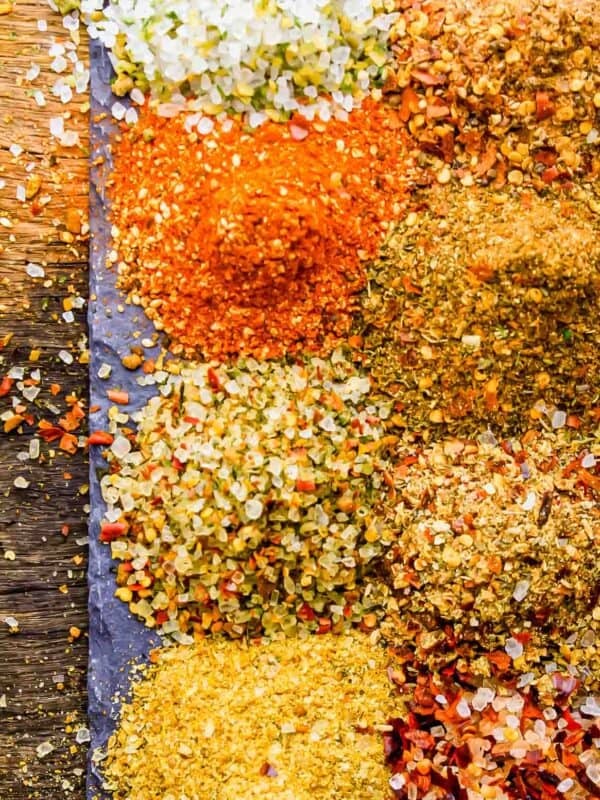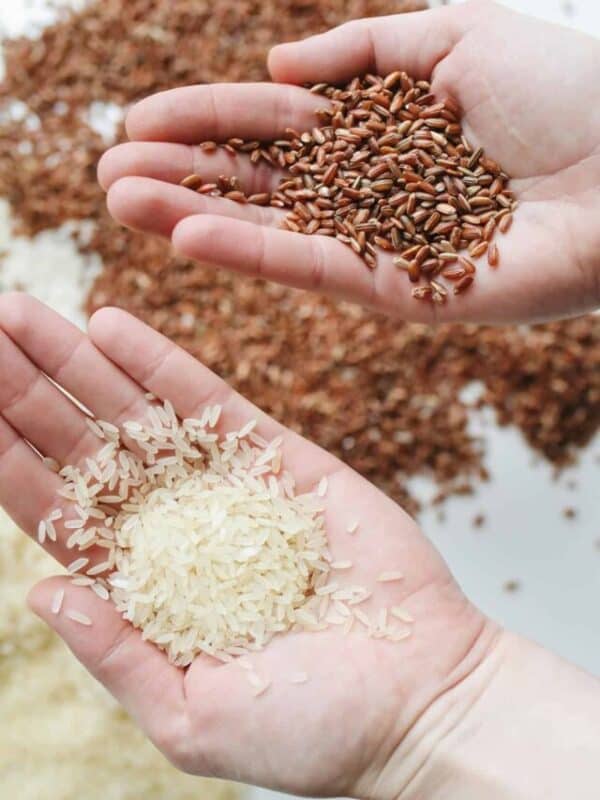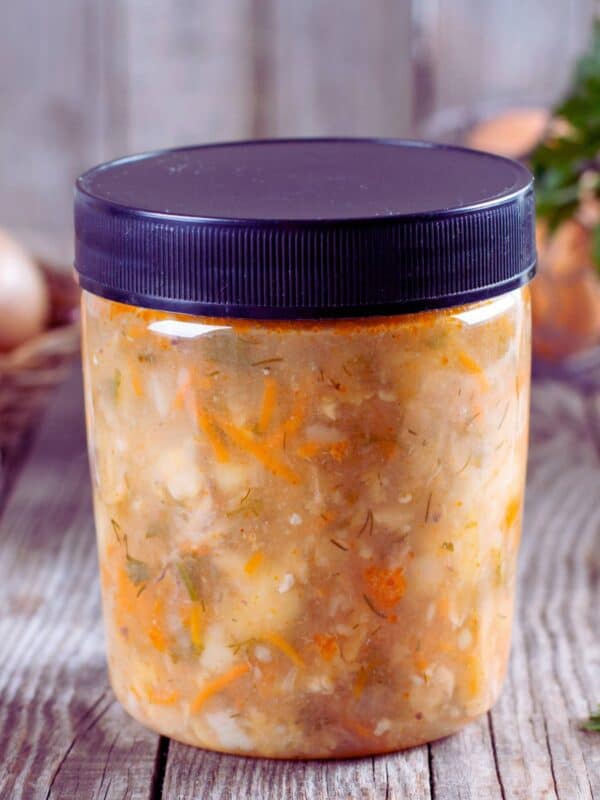Having just come home from Easter with a vacuum sealed package of homemade wild goose pastrami from my brother (the same person responsible for the woodcock recipe on here), it seems like a good time to talk about game meats.
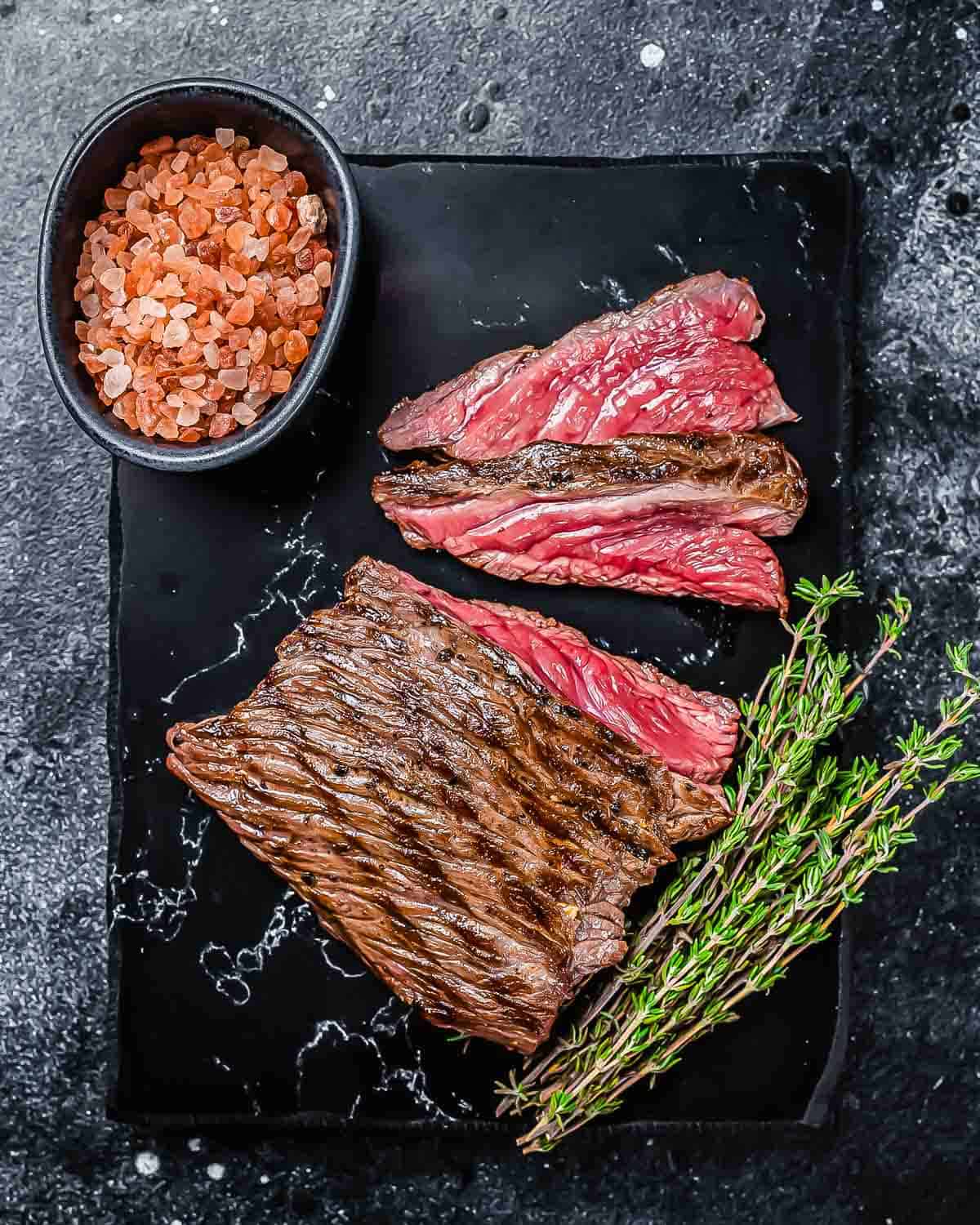
Game meats, like bison, venison and wild boar, have made their way into many home kitchens recently, bringing bold flavors, lean protein and a sustainable twist to meat eating. They cook differently than beef or pork, but with the right techniques, they make rich, hearty and unforgettable meals.
What is game meat?
Game meats come from animals raised in natural environments, often roaming freely and feeding on wild forage. This results in leaner cuts with a deeper, more complex flavor compared to conventionally farmed meats. Unlike beef or pork, game meats have less fat, which means they cook differently and require more attention to moisture and temperature.
Nutritionally, they pack a serious punch. According to FoodDocs, venison, bison and wild boar are high in protein, rich in iron and omega-3s and contain fewer calories than traditional meats. Because they aren’t raised on grain-heavy diets or treated with hormones, they offer a cleaner, more natural source of protein.
They also align with the growing shift toward more sustainable eating. Sourced through hunting, regenerative farming and responsible wild harvesting, game meats have a smaller environmental footprint than industrially raised livestock.

Popular game meats you can cook at home
Game meats have a richer, more pronounced flavor than beef or pork and a leaner texture that requires a different cooking approach. They hold up well in various dishes and develop deep flavor when prepared with the right techniques.
Venison and elk
Venison and elk are two of the most common and popular game meats, most people have tried before. They’re also pretty universally accessible at most quality grocery stores or butcher shops. Both have a slightly sweet, earthy taste and a firm texture. They work well for steaks, roasts and ground meat dishes — we love a good elk burger in my house! Cooking the meat to medium rare prevents it from drying, and marinating helps tenderize the meat while adding flavor. Ingredients like garlic, rosemary and berry-based sauces pair well with its natural richness.
“We cook with venison at least once a week because it’s such a delicious, tasty protein and a nice switch up from our usual beef. Our two go-tos are to use ground venison as the base of our tacos or to make a venison roast in the slow cooker. It’s a leaner meat, so you won’t notice as much grease, but the flavor is bolder, which our family enjoys.”
— Shelby, Fit as a Mama Bear
Bison
Bison has a clean, slightly sweet flavor similar to beef but leaner. It performs well in burgers, steaks and slow-cooked meals, but because of its low fat content, it needs lower heat and shorter cooking times to stay tender. Ground bison should be handled gently to avoid a dense texture. I often use ground bison in place of beef in common recipes like stuffed peppers.
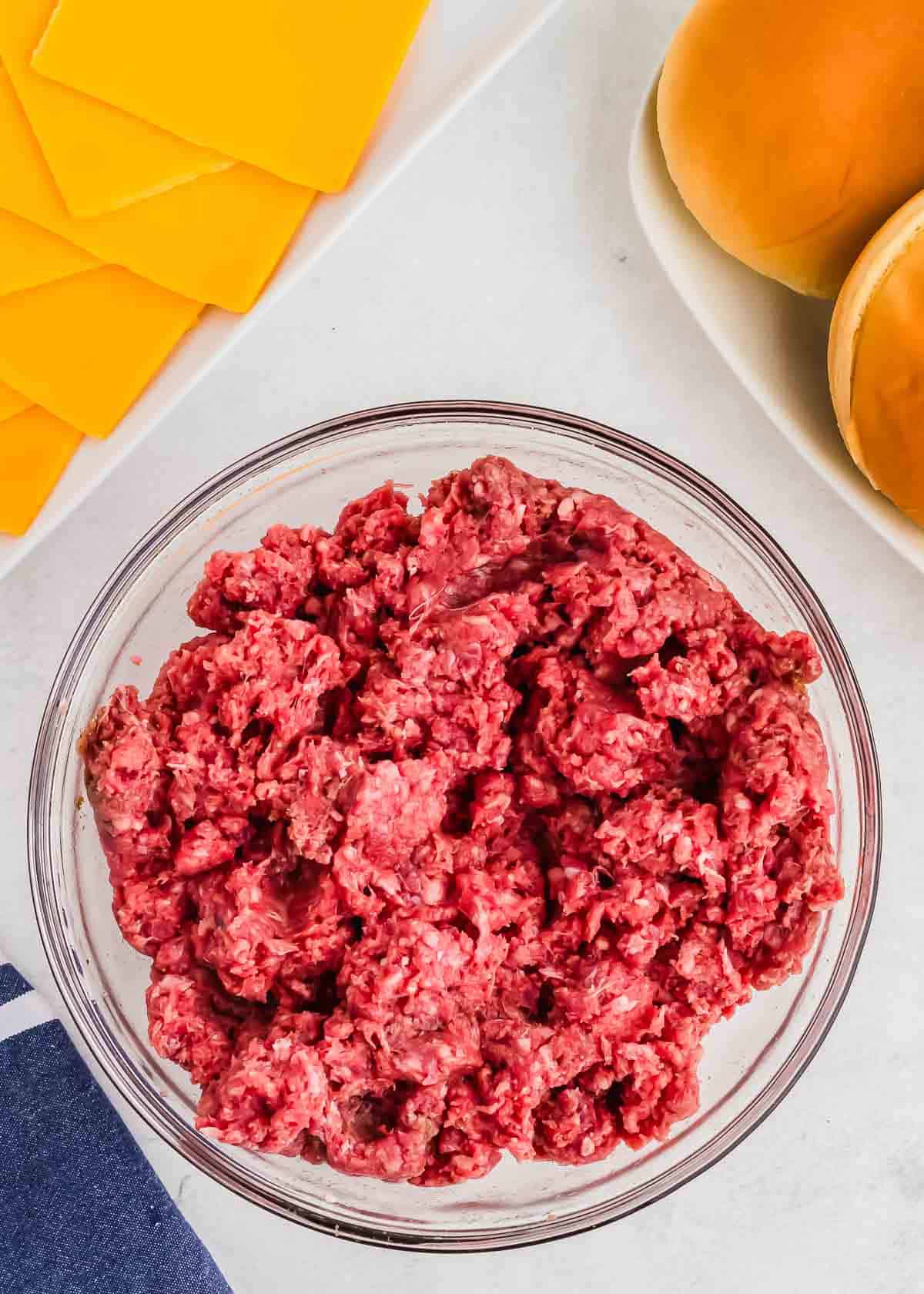
Wild boar
Wild boar has a robust, slightly nutty flavor and a firmer texture than pork. It’s best used in sausages, braises and roasts, where slow cooking at low temperatures allows the meat to soften and develop full flavor. On a trip to Italy in my 20s to visit extended family, my great-aunt made the most insanely delicious homemade wild boar bolognese and served it over tagliatelle. It’s what my lamb bolognese recipe was inspired by.
Ground game meat blends
Blends like bison and elk or wild boar and venison offer complex flavors and work well in tacos, meatballs, burgers and chili. Because these meats are leaner than traditional beef, adding a small amount of butter or oil can help maintain moisture.
How to cook game meat properly
Game meats have a bold flavor and a leaner texture that responds best to the right cooking techniques. They need a little extra attention since they don’t have the fat content of beef or pork to keep them juicy. The right temperature, a good marinade and a bit of patience go a long way in making them tender and flavorful.
Use the right cooking temperature
Game meats cook quickly and can dry out if left on the heat too long. Steaks and roasts turn out best at medium rare or medium. Ground game meats do better at medium doneness, staying moist without becoming tough.
Marinate for moisture and flavor
A good marinade keeps game meats from drying out and helps bring out their natural richness. Vinegar, citrus juice or buttermilk help break down muscle fibers, while garlic, herbs and spices add depth without overpowering the meat. This venison backstrap recipe is a great example.
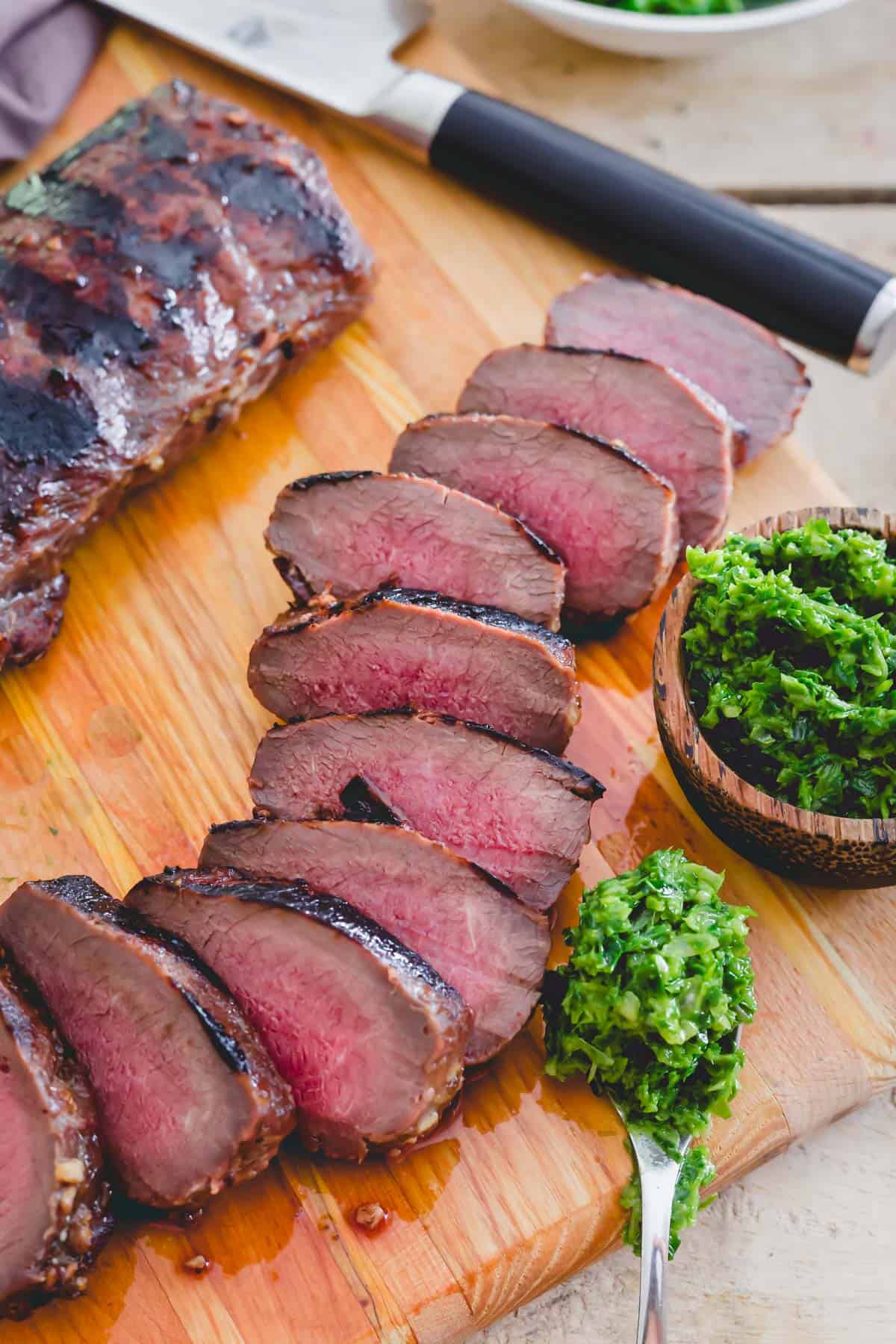
Let the meat rest
Just like any other meat, cutting into game meat too soon lets the juices escape, leaving it drier than it should be. Giving steaks and roasts 5 to 10 minutes to rest before slicing keeps them juicy and flavorful.
Pair with bold ingredients
Game meats stand up well to stronger flavors. Root vegetables, mushrooms and dark fruits like cherries and blackberries complement their richness. It’s why I serve this seared duck breast with a cranberry sauce and this venison roast with tender cooked root vegetables. Slow-cooked dishes do well with warm spices and a bit of acidity to balance the deeper flavors.
Low and slow for tougher cuts
Tougher cuts, like wild boar shoulder or venison shank, need low heat and a long cooking time to soften up. Braising or roasting for several hours breaks down connective tissue and turns it into something rich and tender.
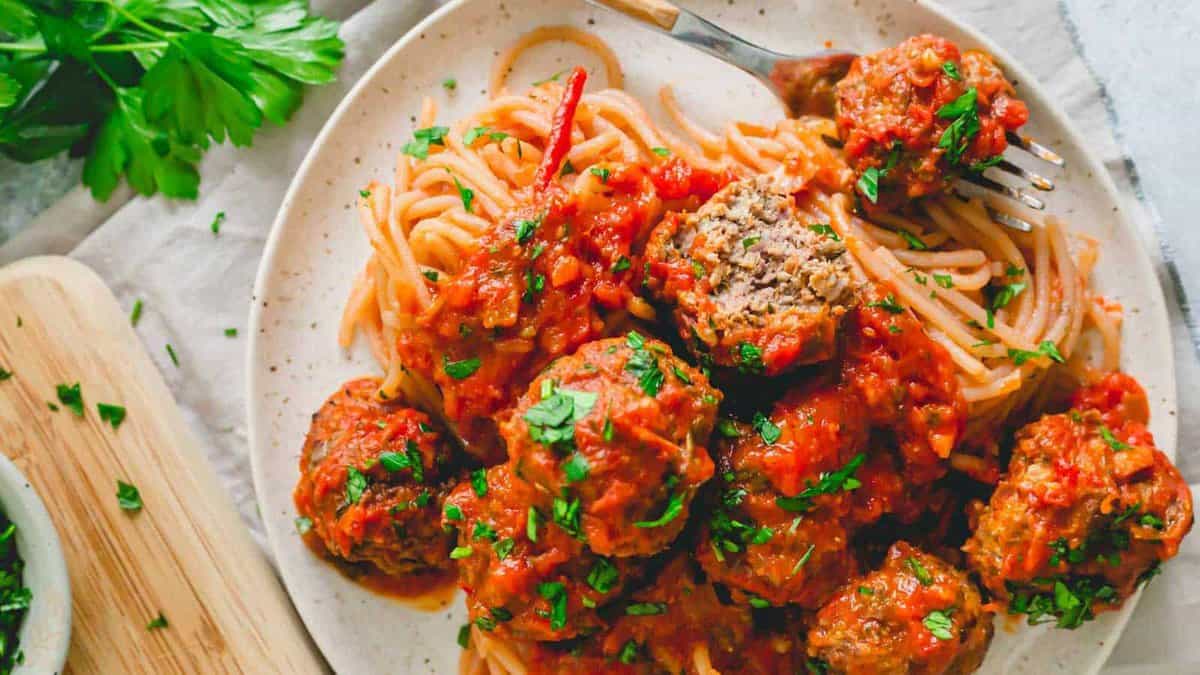
Where to buy quality game meats
Finding high-quality game meats is easier than ever. While they may not be stocked at every grocery store, several reliable sources offer fresh and frozen options from well-raised animals.
Specialty meat companies
Online retailers like Force of Nature Meats and US Wellness Meats specialize in regenerative, pasture-raised game meats, delivering everything from bison steaks to wild boar sausage straight to your door. These companies focus on quality and sustainability, making them a great option if you’re looking for responsibly sourced meats.
Local farmers’ markets and butcher shops
Some small farms and specialty butcher shops carry venison, elk, bison and wild boar. Farmers’ markets often have seasonal selections, and speaking directly with farmers or butchers gives insight into how the meat was raised and processed.
Not all game meats are equal. For the best quality, look for cuts labeled 100% grass-fed, free-range or pasture-raised.
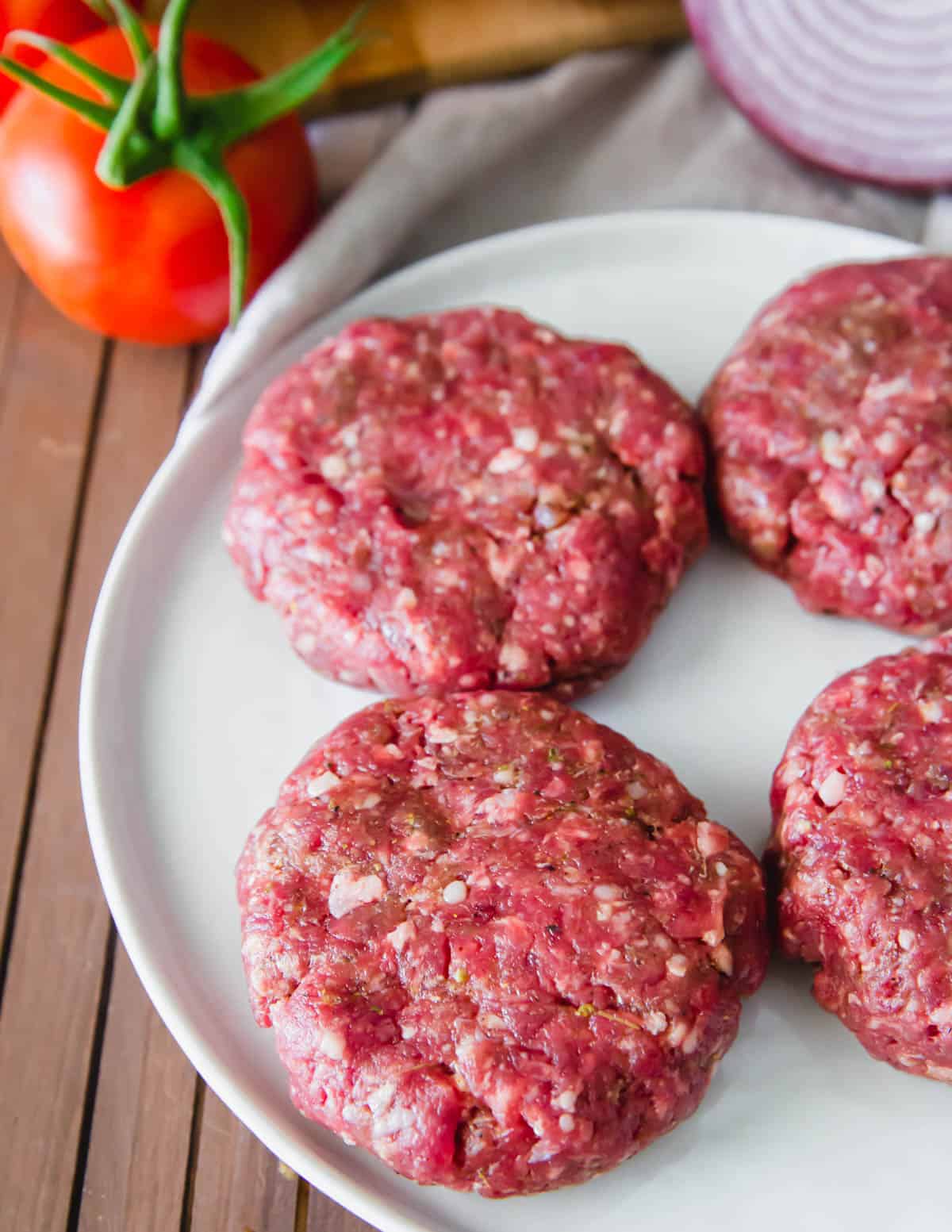
Storage and handling
Most game meats come frozen, which helps maintain freshness. Thaw meat slowly in the refrigerator rather than at room temperature for the best results. Once thawed, cook it within a couple of days for the best flavor and texture.
Bringing game meats to your kitchen
Cooking with game meats opens the door to richer flavors, leaner protein and a more sustainable way to enjoy meat. With the right techniques, bison, venison, elk and wild boar can be as easy to prepare as beef or pork. Now that you know where to get them, how to cook them and what to expect, game meats don’t have to feel intimidating — they might even become a new favorite in your kitchen.
This article originally appeared on Food Drink Life.
Gina Matsoukas is an AP syndicated writer. She is the founder, photographer and recipe developer of Running to the Kitchen — a food website focused on providing healthy, wholesome recipes using fresh and seasonal ingredients. Her work has been featured in numerous media outlets both digital and print, including MSN, Huffington post, Buzzfeed, Women’s Health and Food Network.


